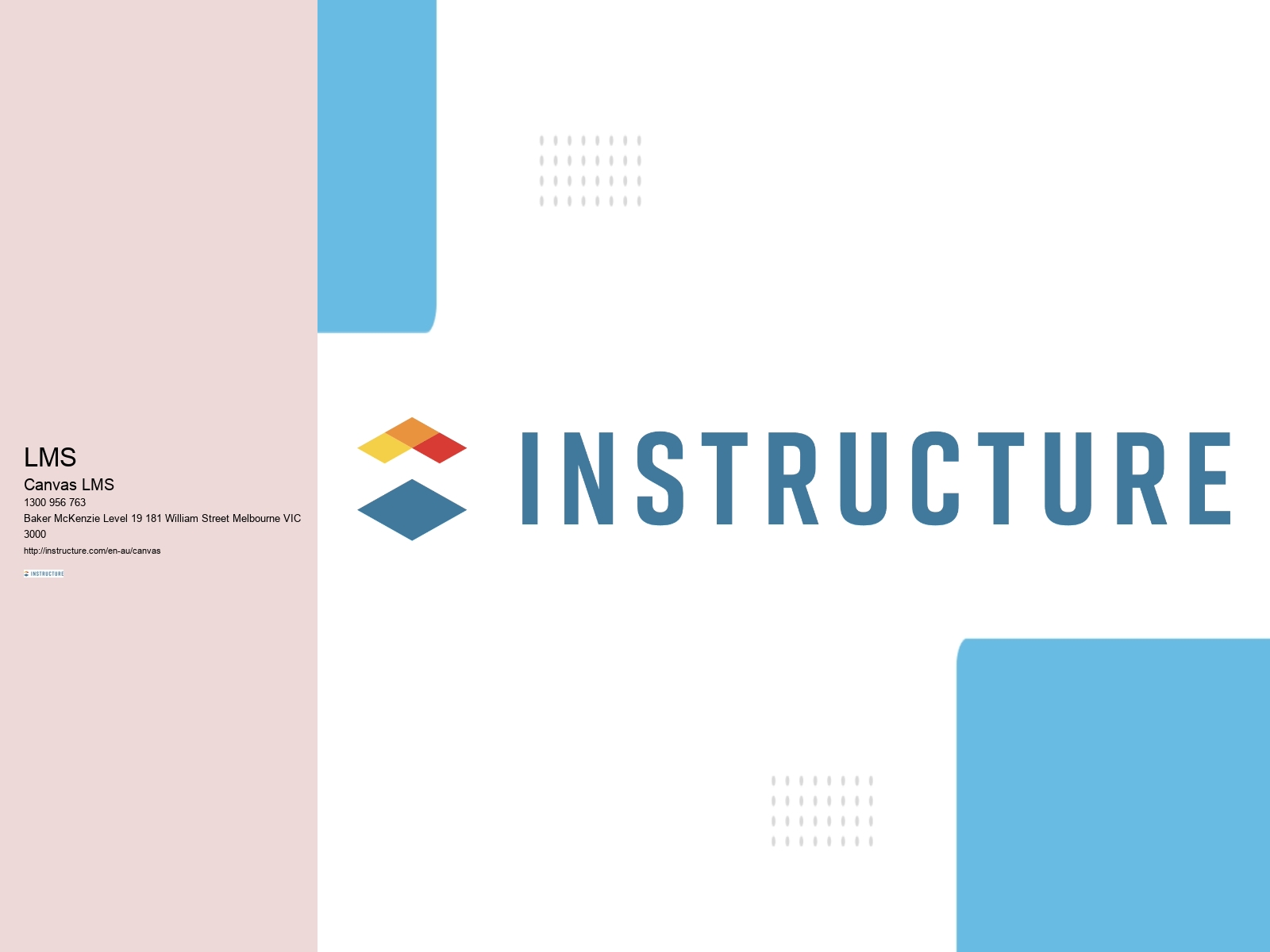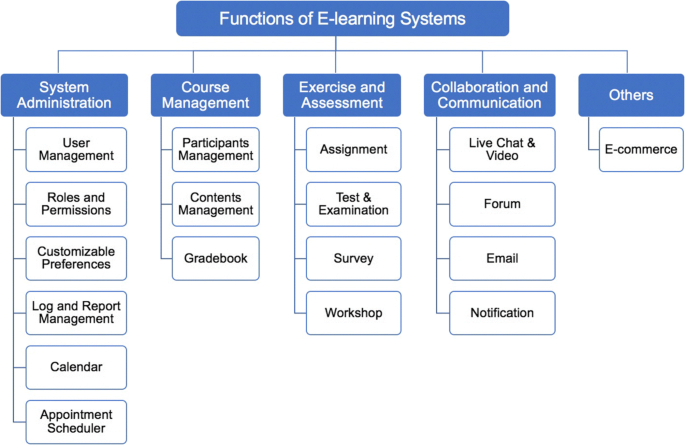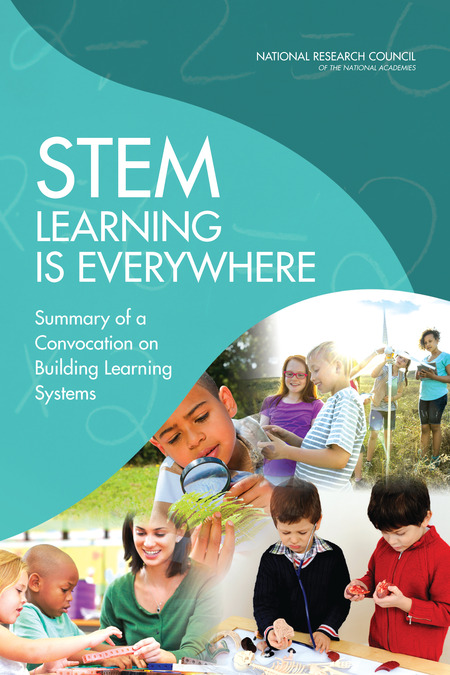

The significance of Learning Management Systems (LMS) cannot be overstated in our present digital era, as they play a pivotal role in effectively managing educational content.
This piece scrutinizes the different methods through which the potential of an LMS can be unleashed, presenting valuable advice and techniques to maximize its utilization.
It encompasses a range of topics, including leveraging the capabilities of an LMS, optimizing the delivery of content, harnessing automated workflows, capitalizing on analytics, and fostering enhanced collaboration opportunities.
The utilization of the features present within a Learning Management System can improve the efficiency and effectiveness of the learning process. Many LMSs come equipped with a range of functions designed to facilitate the development of learning content, the monitoring of learner progress, and the administration of assessments. By taking advantage of the tools available, instructors can create an engaging learning environment for their students.
Using the communication tools provided by the LMS, instructors can facilitate discussion among learners, provide feedback, and encourage collaboration. Additionally, instructors can track the progress of learners through assessments and quizzes and gain insight into areas where learners are having difficulty.
The data generated by the LMS can also be used to create personalized learning pathways for each student based on their individual needs. Furthermore, the LMS can be used to deliver content in a variety of formats, such as audio, video, and text, to ensure that the material is accessible to a wide range of learners.
Optimizing content delivery is an important factor in successful learning outcomes. To ensure that learners are able to take in information and retain it, the content must be organized and presented in a way that is easy to follow.
This can be achieved by using a variety of tools within the LMS, such as lecture slides, videos, audio presentations, and practice quizzes. Additionally, it is beneficial to break up the content into smaller, more manageable chunks that can be accessed at any time. This allows learners to pause, review, and practice the material at their own pace.
Providing supplemental resources, such as reference materials and videos on related topics, can help learners expand their understanding of the subject. By taking advantage of the tools available, educators can ensure that their content is delivered effectively and that learners are able to gain the most from their learning experience.

Utilizing automated workflows can help streamline the process of delivering content within a learning management system. Automated workflows are a sequence of pre-defined steps that enable content to be processed efficiently. These workflows can be used to automate a variety of tasks, such as creating and approving content, sending notifications to learners, and assessing learner progress.
Automated workflows can also help ensure that content is delivered in a timely and consistent manner. Automating these processes can help reduce the amount of manual effort required by instructors and administrators to manage the learning management system.
Automated workflows also help to ensure that content is delivered in a consistent and organized manner, which can improve the overall quality of the learning experience. By utilizing automated workflows, organizations can ensure that their learning management system is running efficiently and that content delivery is optimized.
Analyzing data generated from a learning management system can provide valuable insight into how learners interact with content and how it is delivered. By using analytics, instructors can identify areas for improvement in the course as well as determine which content is most effective.
Analyzing data can also help instructors better understand how to engage learners and which types of activities are most successful in achieving the desired outcomes. Additionally, analytics can provide insight into how learners are progressing through the course, allowing instructors to identify any issues that may be preventing learners from achieving the course goals.

Integrating collaboration opportunities within a learning management system can provide learners with the ability to interact with course content and each other, enhancing the learning experience. By leveraging the technology available in a learning management system, instructors and students can take advantage of many tools that facilitate collaboration.
Discussion boards, forums, chat rooms, and web conferencing tools can all be used to create a collaborative environment. Additionally, instructors can create online groups or projects that allow students to work together to complete tasks. By providing students with the opportunity to collaborate, instructors can foster critical thinking and problem-solving skills.
Collaboration opportunities can help students develop their communication and interpersonal skills. By utilizing the tools available on a learning management system, instructors can create a dynamic and engaging learning environment that encourages collaboration.
Learning management systems have immense potential in terms of the educational experiences they can offer.
By understanding the features of the LMS, optimizing content delivery, utilizing automated workflows, making the most of analytics, and enhancing collaboration opportunities, the full capabilities of the system can be unlocked.
This can provide a more efficient, effective, and engaging learning experience for all individuals involved.
With the right approach, a learning management system can be an incredibly powerful tool.
